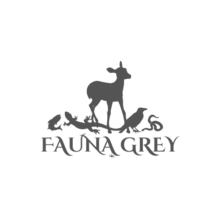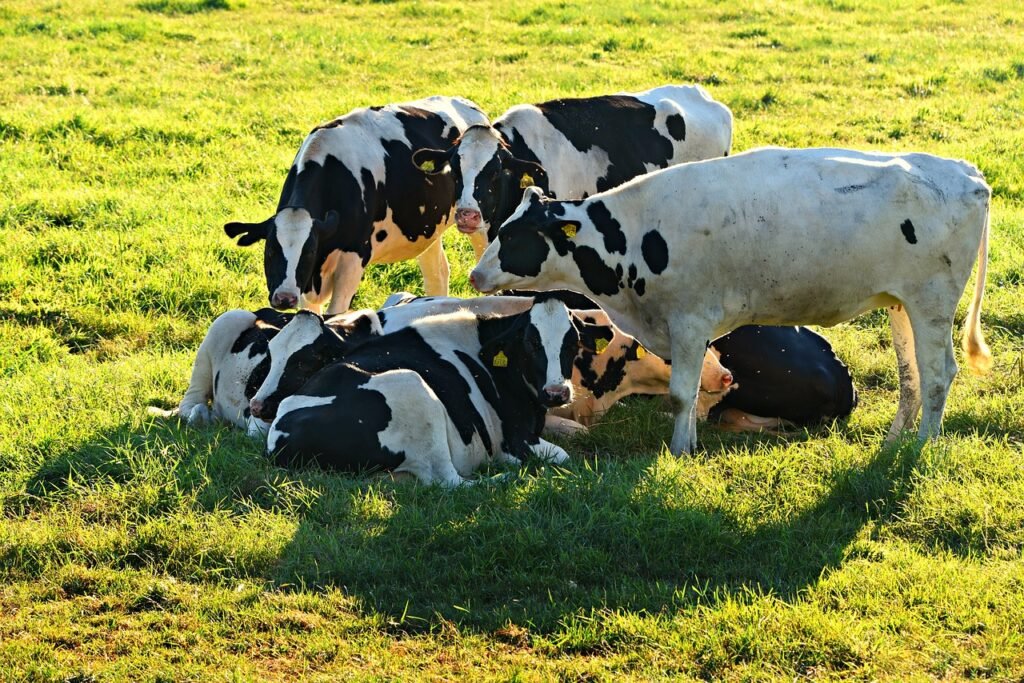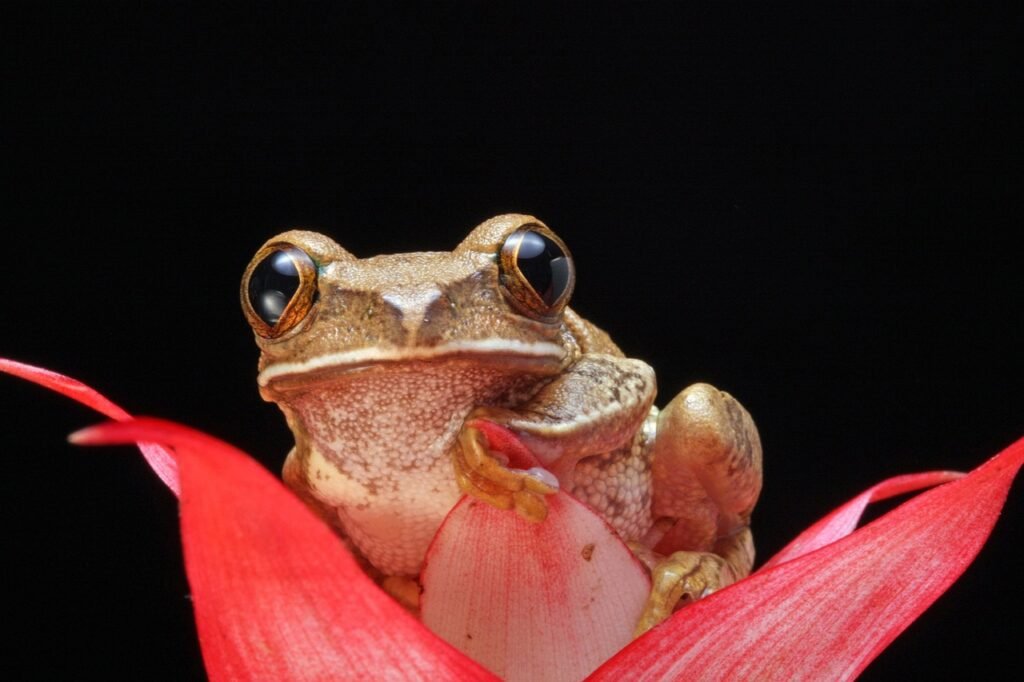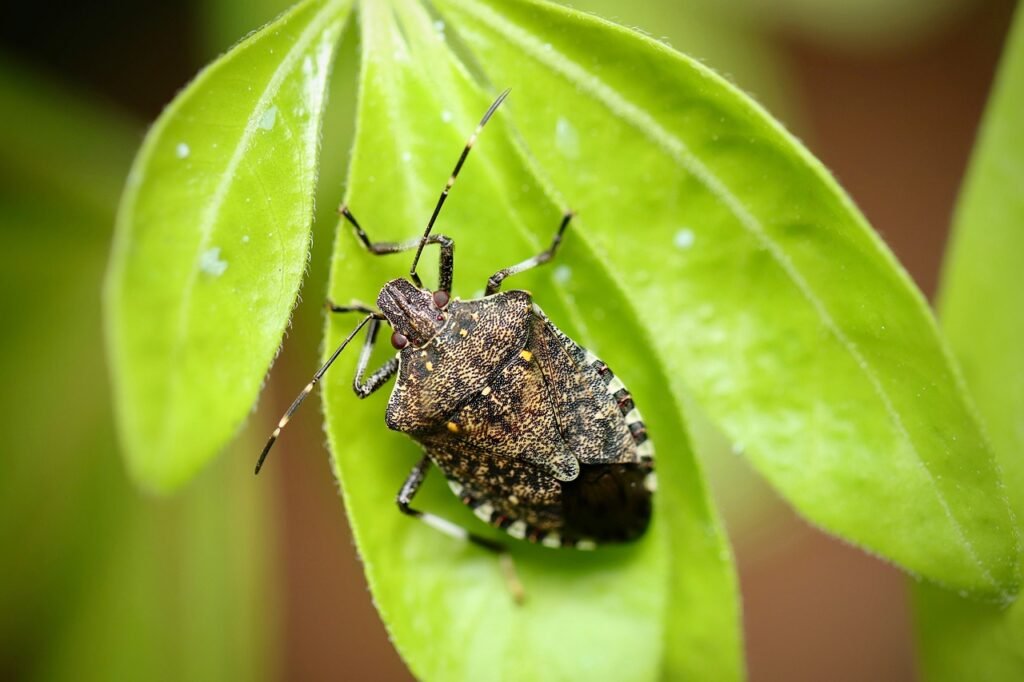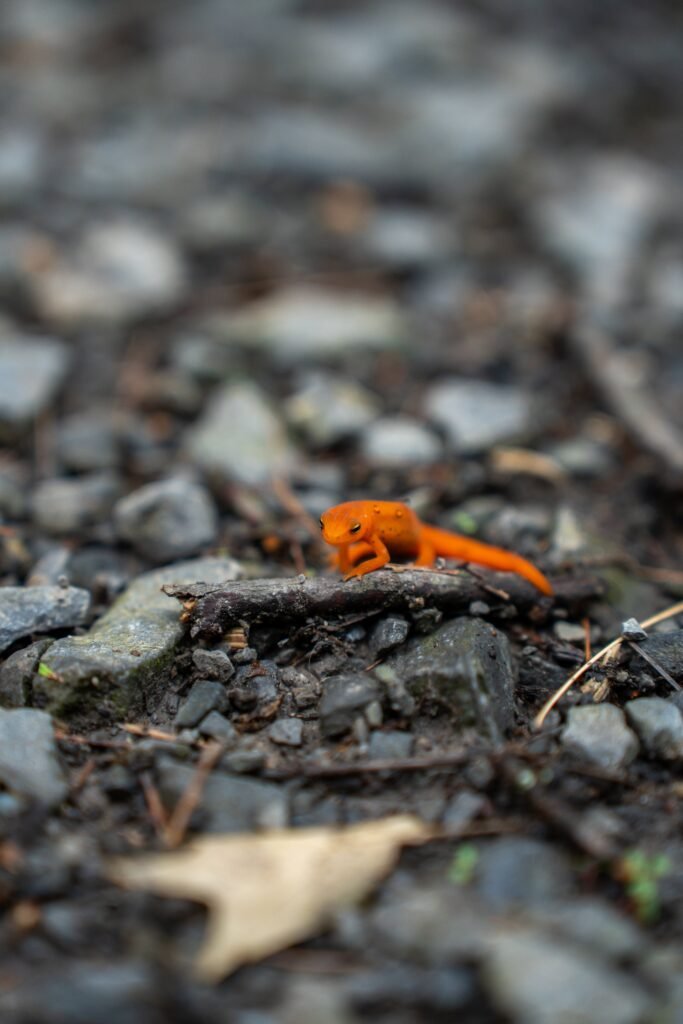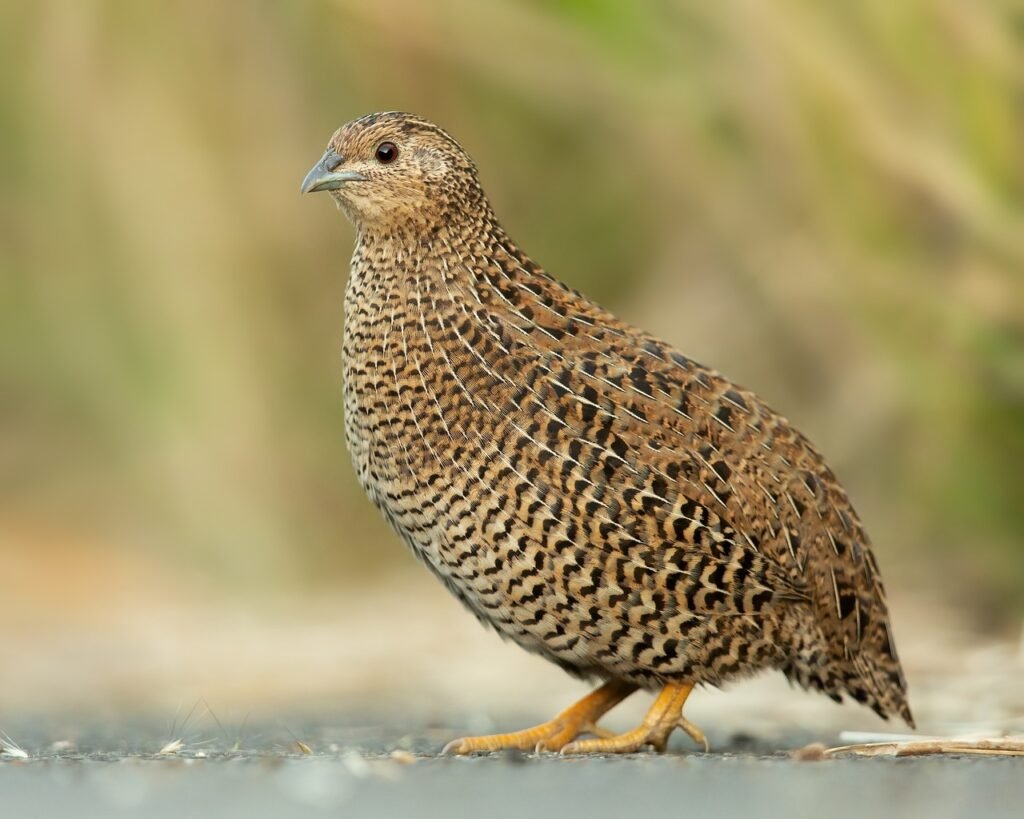.

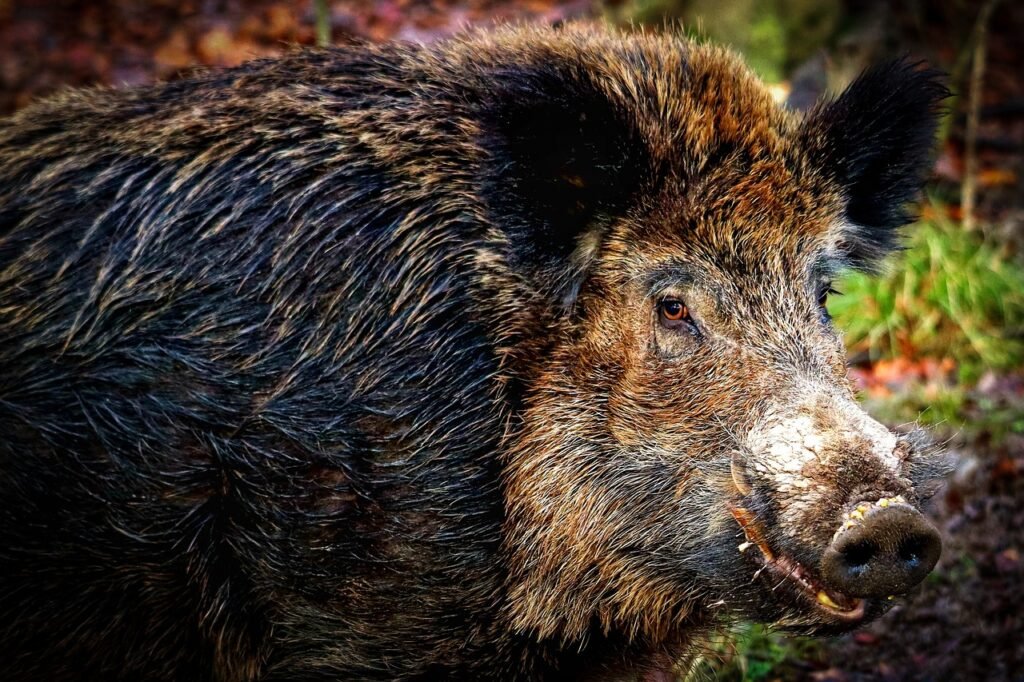
Invasive: an organism that is not native to the place where found and tends to grow and spread easily usually to the detriment of native species and ecosystems- Merriam-Webster.com Dictionary
The History of Invasive Species in the United States: Some Key Events
Feral Pigs:
Feral pigs were the first invasive animal species brought over to North America. In the 1500s, they were released in the state of Florida, and they’ve made themselves at home for over 485 years. In addition to their natural spread, colonizers released more pigs multiple times throughout America. These wild hogs are destructive and dangerous, multiplying at incredible rates. They can quickly take over several acres while destroying everything in their path. Needless to say, they already did their damage well before we were here. It is a strange concept to think of what America would look like today if they had never been released into the wild.
Locusts:
One of my first thoughts after the subject of invasive species was brought to my attention again was the locust. The locust is native to some areas in the U.S., however, throughout history, it has been quite a nuisance. My main reason for referring to this pest is the Locust Plague of 1874. If you haven’t heard of this historic plague, I would certainly recommend researching it. An article about it will be highlighted in the citations and sources section at the bottom of this page. I was specifically thinking about the steps that were taken to resolve this problem. There was an urgency to free their land of the millions of locusts destroying their well-being. Creative plans were set in place, including fines, bounties, and more legal actions taken concerning the invasion. With persistence, their plans worked, and eventually, they weren’t a problem anymore.
Laws and Acts:
The Organic Administration Act -1897 was the first major law to include invasive species. This act gave authority to the U.S. Forestry Service to safeguard the National Forests from harm. Keeping the forests safe includes keeping invasive species out.
The Lacey Act- 1900 is an important law to note concerning invasive species. Making it’s mark, the Lacey Act was the first law prohibiting the shipment of potentially harmful species to the United States. This is particularly important because this is the first official act of recognizing what great harm overseas species can cause to our native species.
Some honorable mentions include: The Endangered Species Act, The Nonindigenous Aquatic Nuisance Prevention and Control Act, The National Invasive Species Act, and The Alien Species Prevention and Enforcement Act.
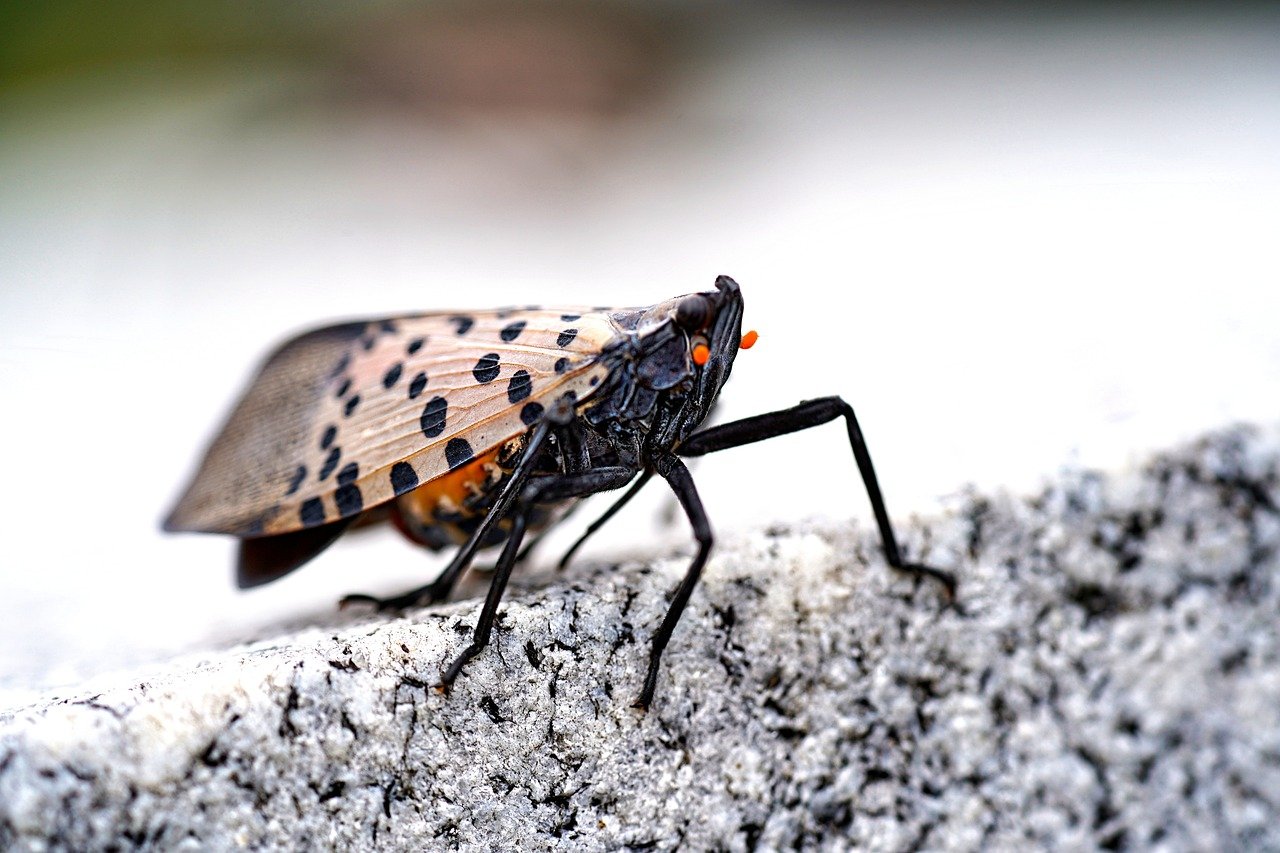
The Top Invasive Species Requiring Urgent Action Today In 2024
This problem has persisted over hundreds of years now in the United States and it is only getting worse. So what are the species that are of the upmost concern at the moment? Additionally, what is being done to stop them?
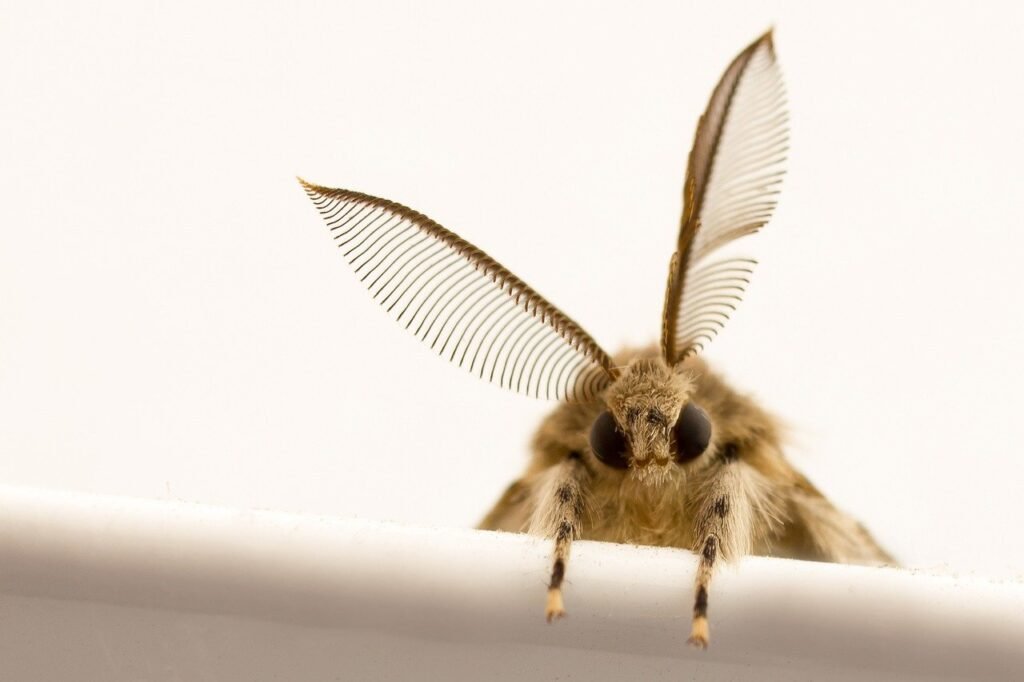
Lymantria dispar Linnaeus- Spongy Moth
Destroying: Native Trees/shrubbery
What is being done?: Inspection of cargo/shipments to prevent more being brought over, monitoring spread and range. If there are any projects to get rid of this moth taking place currently I have not found them as of yet.
What can you do?: (The USDA recommends) If you plan on leaving your home, inspect clothing and materials being moved. Notify your local agricultural officials of any spongy moth discoveries.
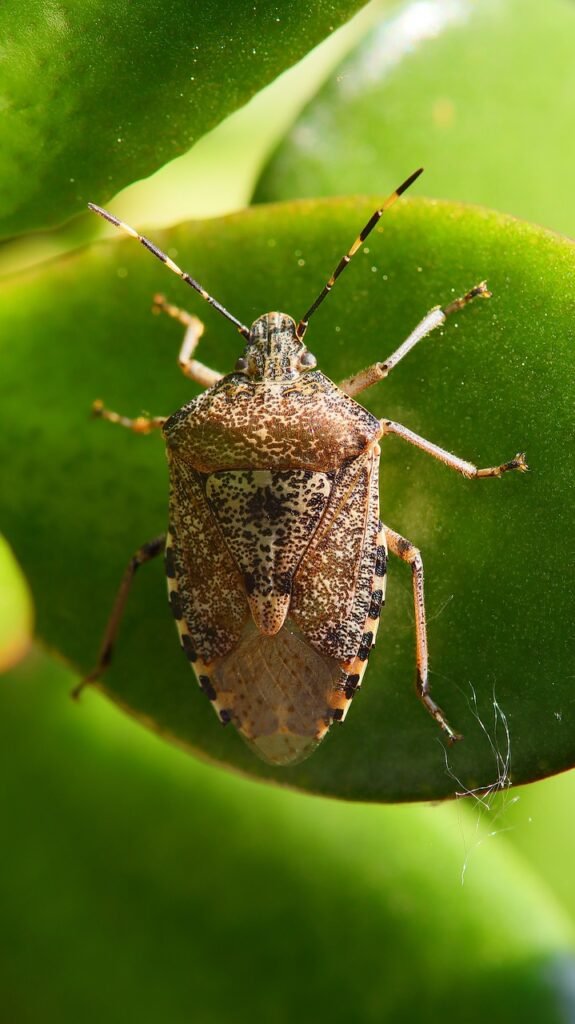
Halyomorpha halys- Brown Marmorated Stink Bug
Destroying : Crops (and my sanity)
What is being done?: Trapping programs and studies funded by the USDA. The Samurai Wasp (a predator of the Brown Marmorated Stink Bug in Asia) was “naturally” brought over to the United States coincidentally during the time it was proposed to introduce it intentionally.
What can you do?: The USDA recommends their “Leave All Hungry Pests Behind Plan“- which promotes the idea of leaving the pests where they are. Making sure we do not transport pests through resources and materials being moved from place to place. However, I have not seen any proactive ideas recommended by the USDA to exterminate this nuisance. Therefore, Fauna Grey has started a petition to place a bounty on the Brown Marmorated Stink bug. We are proposing to use the method which has worked before with locusts and other invasive species.

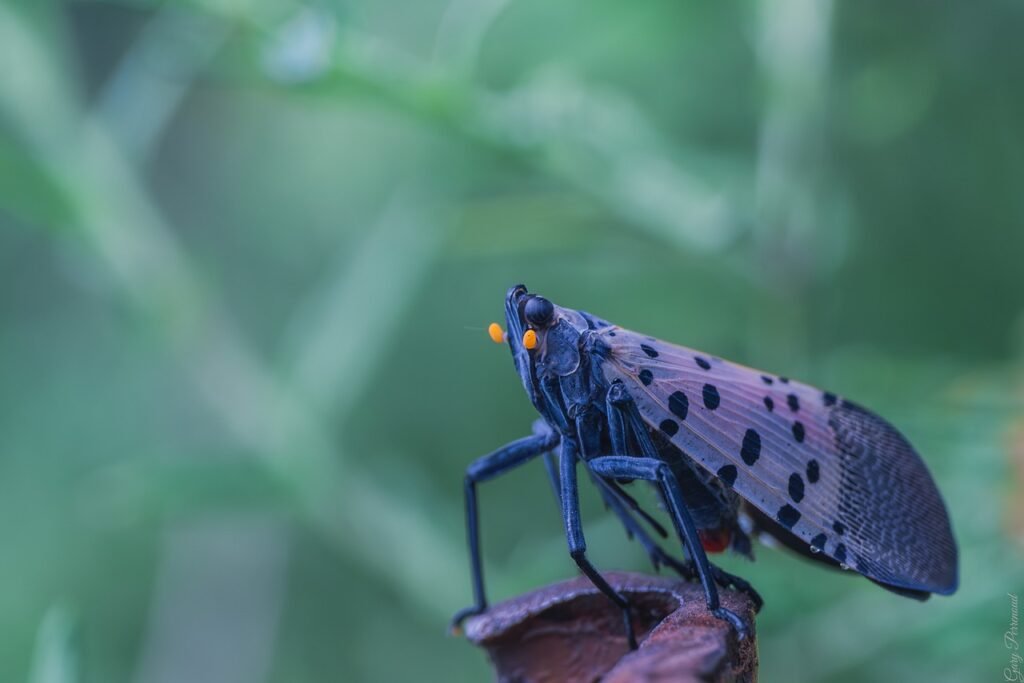
Lycorma delicatula- Spotted Lantern Fly
Destroying: Crops/trees
What is being done?: The USDA has started a five year action plan fight the Spotted Lantern Fly invasion. There are several organizations committed to defending our native plants and animals from the harm this pest presents.
What can you do?: There are specific actions the Department of Agriculture recommends for certain states. This invasive species is still somewhat new, therefore there are different protocols for this species. Here are steps to take based on the state you live in.
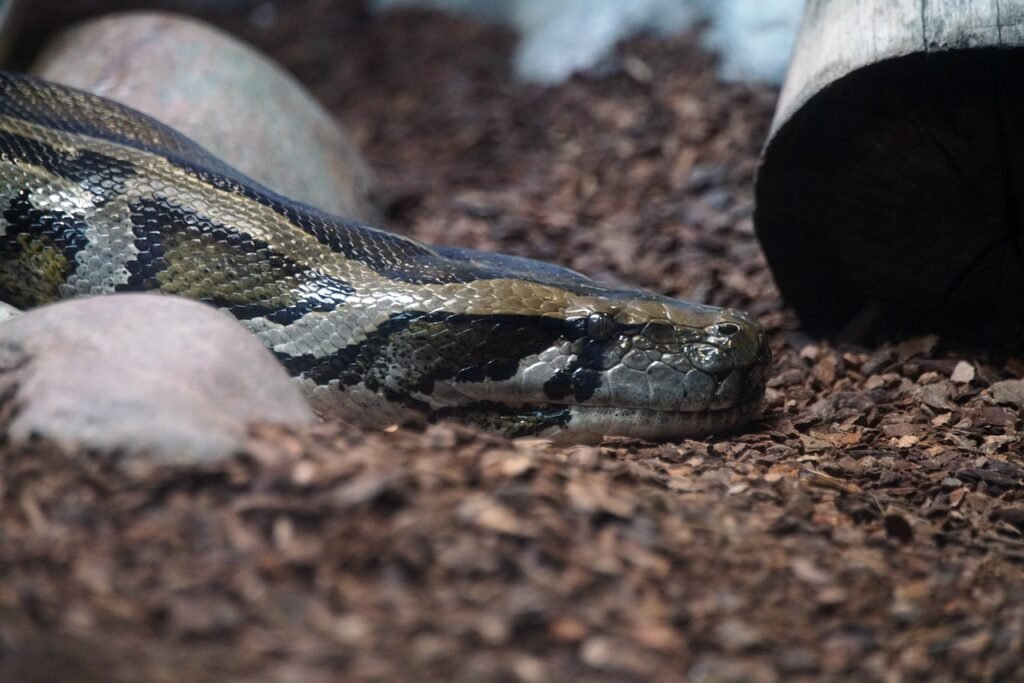
Python molurus bivittatus- Burmese Python
Destroying: Native fauna (while out competing other predators)
What is being done?: The Florida Fish and Wildlife Conservation Commission has established the Python Patrol, a team dedicated to managing invasive pythons. Members are trained to humanely euthanize these snakes. Events like the Florida Python Challenge are also held, alongside government initiatives aimed at regulating the breeding and ownership of harmful species.
What can you do?: If you’re a resident of Florida, consider joining the Python Patrol or taking part in the Florida Python Challenge. For those who don’t participate, continue to look for any signs of pythons and promptly report any sightings to your local fish and wildlife authorities.
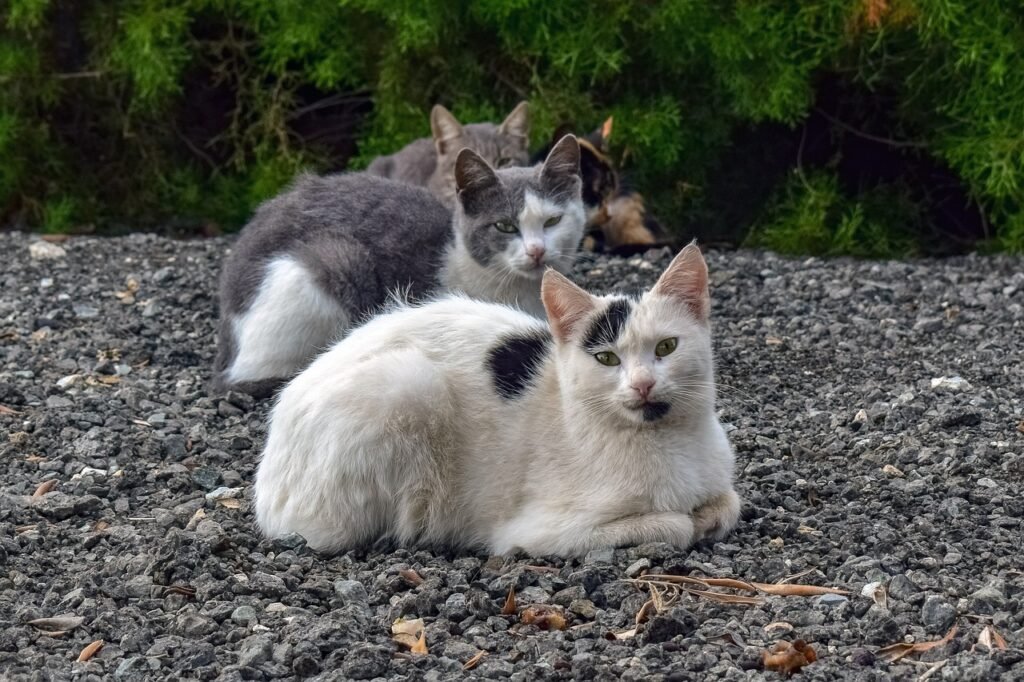
Felis catus- Domestic House Cat
Destroying: Native Fauna
What is being done: Animal rescues, feral cat rescues, humane societies, and numerous other organizations are working together to combat the overwhelming issue of stray cats in the United States.
What can you do?: Keep your pet cats indoors, vaccinate, spay, and neuter them. Consider adopting from local cat rescues or shelters instead of shopping for a house cat. Support the efforts of organizations working diligently to rescue cats from the streets.
Fascinating Facts About Cows: They’re More Like Us Than You Think
How To Calm Your Pet During The Solar Eclipse
Friends With Frogs: How To Make Your Yard Amphibian Friendly
Invasive Species: What Do We Do Now?
Wildlife in the Spring: How To Support Them
10 Facts About Quail: A Fascinating Avian Lost In American Culture
Cites and Sources:
Animal and Plant Health Inspection Service U.S. DEPARTMENT OF AGRICULTURE (n.a.) Spongy Moth https://www.aphis.usda.gov/aphis/resources/pests-diseases/hungry-pests/the-threat/spongy-moth/hp-spongy-moth#:~:text=This%20moth%20is%20a%20significant%20pest%20because%20the,other%20pests%20and%20can%20eventually%20kill%20the%20tree.
Animal and Plant Health Inspection Service U.S. DEPARTMENT OF AGRICULTURE (n.a.) Spotted Lanternfly https://www.aphis.usda.gov/aphis/ourfocus/planthealth/plant-pest-and-disease-programs/pests-and-diseases/sa_insects/slf
Animal and Plant Health Inspection Service U.S. DEPARTMENT OF AGRICULTURE (n.a.) USDA Releases Five-Year Strategy to Combat Spotted Lanternfly https://www.aphis.usda.gov/aphis/newsroom/news/sa_by_date/sa-2023/slf-strategy
Brody Henderson (Feb 12, 2019) WILDLIFE BOUNTIES: EFFECTIVE MANAGEMENT OR RELIC OF THE PAST? https://www.themeateater.com/conservation/wildlife-management/wildlife-bounties-effective-management-or-relic-of-the-past
Chuck Lyons (2/5/2012) 1874: THE YEAR OF THE LOCUST https://www.historynet.com/1874-the-year-of-the-locust/
Congressional Research Service (January 17, 2017) Invasive Species: Major Laws and the Role of Selected Federal Agencies https://crsreports.congress.gov/product/pdf/R/R43258
Eat The Invaders (NOVEMBER 20, 2013) WE CAME OVER ON THE MAYFLOWER, TOO! A TIMELINE OF NORTH AMERICAN INVASIVE SPECIES http://eattheinvaders.org/we-came-over-on-the-mayflower-too/
Florida Fish and Wildlife Conservation Commission (n.a.) Python Patrol https://myfwc.com/wildlifehabitats/nonnatives/python/patrol/
Merriam-Webster. (n.d.). Invasive. In Merriam-Webster.com dictionary. Retrieved March 13, 2024, from https://www.merriam-webster.com/dictionary/invasive
National Invasive Species Information Center (n.a.) Burmese Python https://www.invasivespeciesinfo.gov/terrestrial/vertebrates/burmese-python
